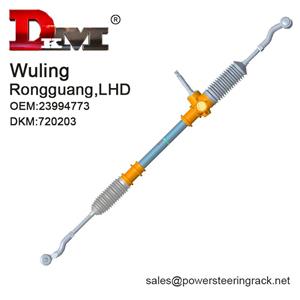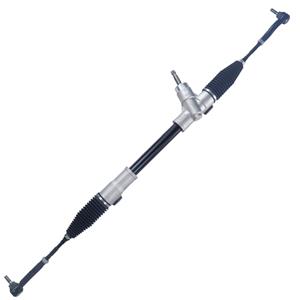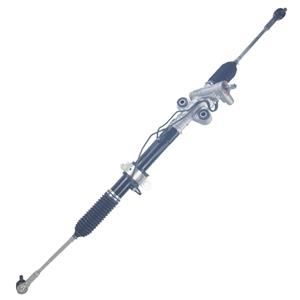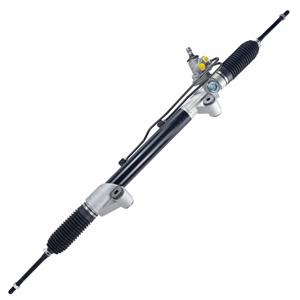-
2407-2025
What is a steering rack bushing?
The steering rack bushing is a small friction bushing in the steering system. It is usually located between the steering rack and the steering gear, or where it is connected to the steering column. Its main function is to provide a smoother steering experience by reducing the friction between the rack and other steering components.
-
If there is air in the system, the hydraulic oil cannot stably provide sufficient power support, resulting in heavy or slow response when steering, especially when steering at low speeds or parking, the owner will obviously feel the difficulty of steering.
-
If the engine cannot operate normally, the hydraulic pump cannot continue to work. When the hydraulic pump cannot provide sufficient hydraulic power, the performance of the hydraulic power steering system will be greatly reduced, resulting in insufficient steering power.
-
Carbon steel is one of the most common materials for manufacturing power steering racks. Its advantage is that the cost is relatively low and it has good processing performance. Carbon steel has high hardness and wear resistance, which can meet the requirements of steering racks for load capacity and durability.
-
When replacing the steering pump and steering rack, if the power steering fluid is not checked and replenished in time, the fluid level is too low or the fluid quality is unqualified, it will affect the normal operation of the hydraulic system. A low fluid level in the hydraulic system will cause the steering pump to not get enough fluid to generate enough power assistance, which will cause the steering wheel to be heavy.
-
The design of the electric steering rack is based on a certain intensity of use and load conditions. If the vehicle is overloaded for a long time, or during long-term high-speed driving, frequent parking and steering, the electric steering system may encounter excessive load.
-
0807-2025
Is it normal for liquid to flow out of the dust cover of the hydraulic power steering rack?
The hydraulic oil should be kept in the pipes and steering rack inside the system, and should not flow out through the dust cover. If there is liquid outflow or accumulation in the dust cover, it usually means that there is a problem with the steering system, which may involve aging, damage or oil seal failure of the seal.
-
The steering system offset of old cars is more obvious, that is, when the steering wheel is slightly turned, the wheel does not turn quickly. This offset will make the driver feel that the control is not precise enough when driving at low speed or turning.
-
If the hydraulic oil is found to be contaminated or leaking, it may mean that the pump has also been damaged to a certain extent and needs to be inspected or replaced. Otherwise, continuing to use a bad pump will affect the long-term stability and performance of the steering system.
-
Unlike engines or gearboxes, hydraulic power steering racks do not need to be run-in by running at low speed for a long time. The meshing surface between the steering rack and the pinion is usually precisely processed during the production process, and the degree of fit is high.




